Making your own massaman curry paste at home is a very rewarding process and very easy to make.
It's a must-have if you're planning to make a prawn massaman curry and can also be used to make Thai spiced cashew nuts, Thai beef koftas or added to something like a spicy lentil soup.
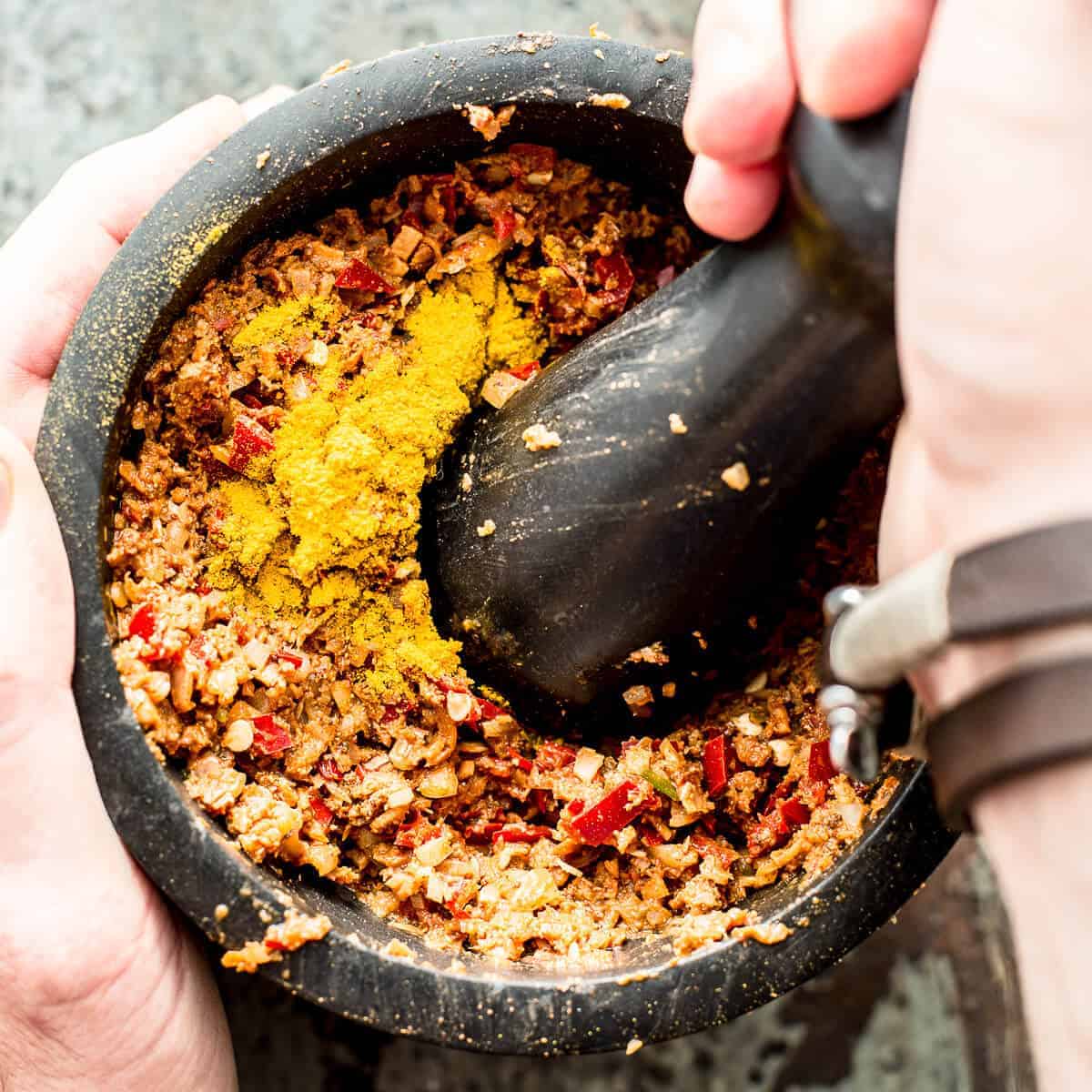
Jump to:
Massaman curry paste is a very unique paste in the sense that it uses unusual ingredients compared to other Thai curry pastes.
It's heavily spiced and extremely fragrant because of the Indian and Persian influence that stems back to its origin in the 17th Century although it has little to do with Indian curry paste.
It's also not as spicy as other Thai pastes and the resulting massaman curry made form it is very mild and easily enjoyed by everyone.
Why make your own curry paste?
Homemade curry paste has a much fresher flavour than store-bought and the best thing is you can control the spiciness. Something often problematic with store-bought versions.
By making your own curry paste you get to roast your own spices and select the freshest ingredients.
Storing it is simple and making a big batch for future use is advised.
Useful equipment
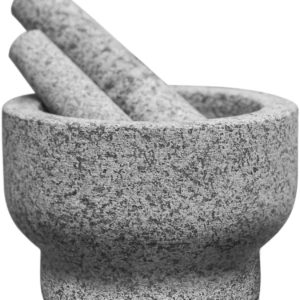
Mortar & Pestle
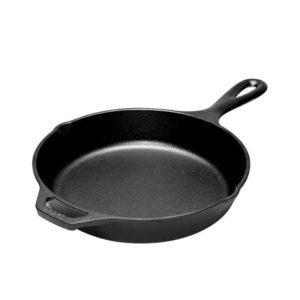
Cast Iron Skillet
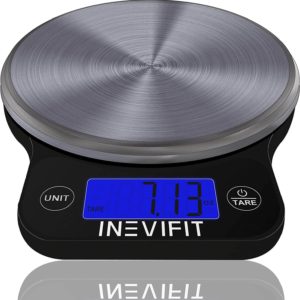
Electronic Kitchen Scales
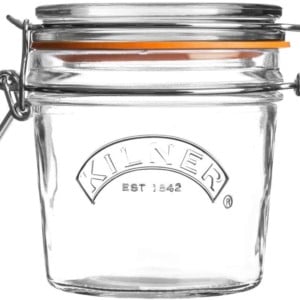
Small Kilner jars
Ingredients
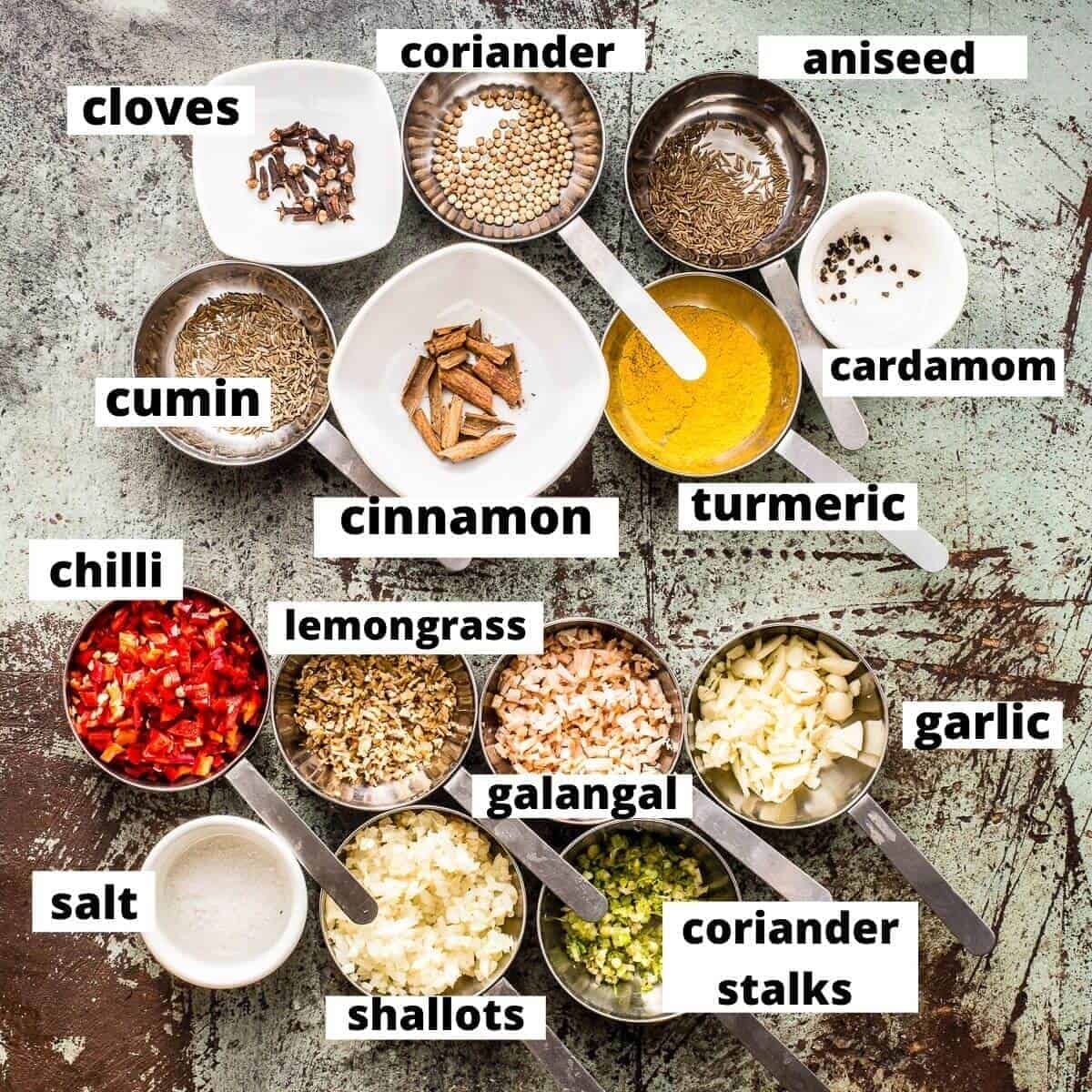
- Spices - Get good quality whole spices that's been sealed aitight for the best intensity and flavour.
- Aromatics - These make up the base of most Thai curry pastes. Galangal is extremely important but if you can not find it use fresh ginger instead.
Cooking instructions
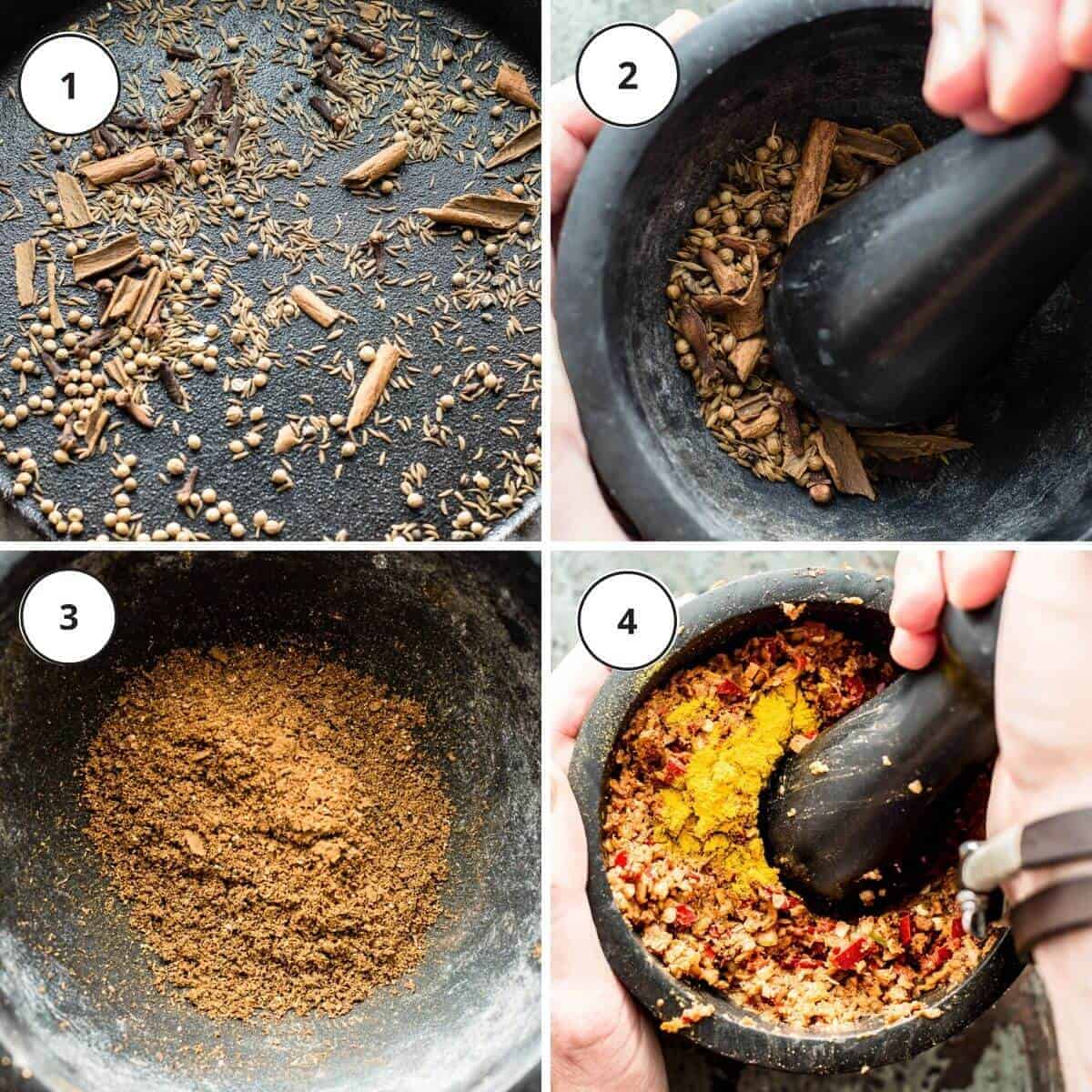
- Start by roasting the spices in a dry pan apart from the turmeric powder.
- Once fragrant and starting to smoke transfer the spices to a pestle and mortar and grind until fine.
- Next, add the rest of the ingredients and pound it until you have a smooth paste.
- Use straight away or store until later.
I use a mortar and pestle for this paste but a Nutri-Bullet blender works perfectly and much faster too.
Always buy the best quality spices and raw ingredients you can find and afford when making your own curry pastes. It shows in the final result.
Storage instructions
Once made seal it airtight in a vacuum bag or sealable small food safe jars.
- Fridge - Will last for up to a week.
- Freezer - Will last very long but recommended to use within 6 months.
How to use it
- Curry - Massaman curry is not the only curry you can make with this. Use it as a base and then get creative rom there. Add any protein or vegetable, cream or coconut milk follows.
- Soup - Use as you would for a curry base but more liquid in the form of chicken or vegetable stock.
- Marinade - You can marinade pork or chicken before grilling in some curry paste mixed with a touch of yogurt or coconut milk for great results.
- Condiment - Cook out the paste then add to mayonnaise flavoured condiment.
Related recipes
This site contains affiliate links. I may earn a tiny commission on qualifying purchases at no extra cost to you. By bookmarking these links you help support the upkeep of this site.
If you found this post helpful or have learned something, comment, subscribe, and follow me on social platforms for more tasty recipes.
Recipe
Thai Massaman Curry Paste
Ingredients
- 90 g (⅗ cups) chilli - whole bird's eye or 20 grams dried flakes
- 2 g (1 teaspoon) coriander seeds
- 2 g (1 teaspoon) aniseed
- 2 g (1 teaspoon) cloves
- 2 g (1 teaspoon) cumin seeds
- 1 g (½ teaspoon) cardamom - seeds from the 6 pods
- 2 g (1 teaspoon) turmeric powder
- 50 g (5 tablespoon) shallots - finely chopped
- 20 g (2 ½ tablespoon) garlic - finely chopped
- 20 g (2 ½ tablespoon) galangal - finely chopped
- 1 (1) lemongrass stick - finely chopped
- 10 g (½ cups) cilantro root or stalks - washed and finely chopped
- 4 g (1 teaspoon) salt
Instructions
- Start by roasting the spices in a dry pan apart from the turmeric powder.
- Once fragrant and starting to smoke transfer the spices to a pestle and mortar and grind until fine
- Next, add the rest of the ingredients and pound it until you have a smooth paste
- Use straight away or store until later.
Notes
- For the most authentic result pound the paste in a pestle and mortar.
- For speed blend it in a high-speed blender like a Nutri bullet.
- Store in the fridge sealed airtight for up to a week or store for up to 6 months in the freezer.

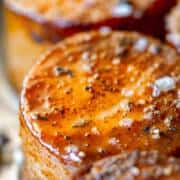
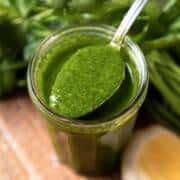

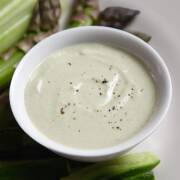
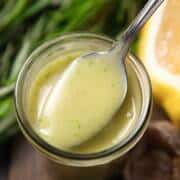
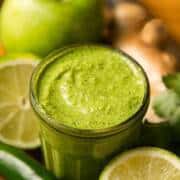
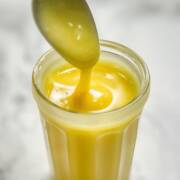

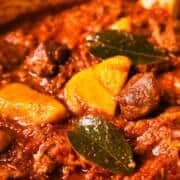
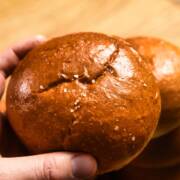
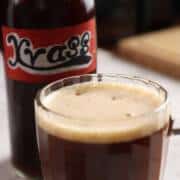
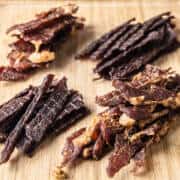
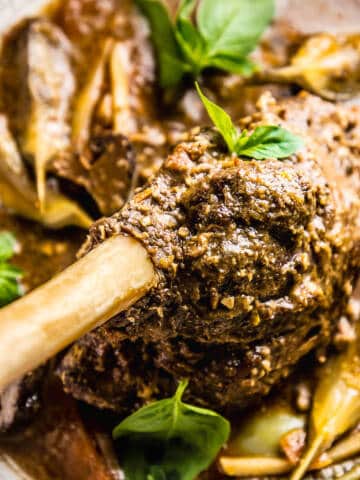
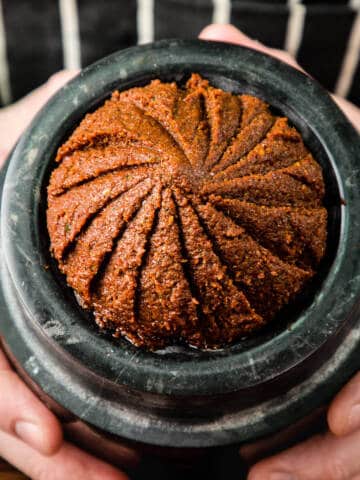
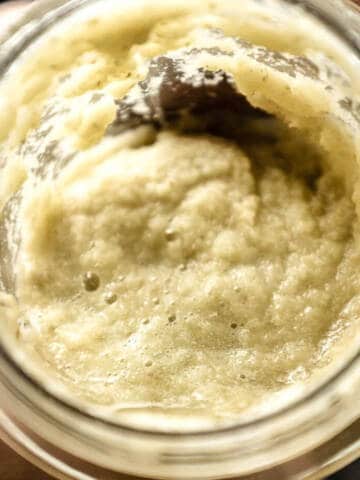
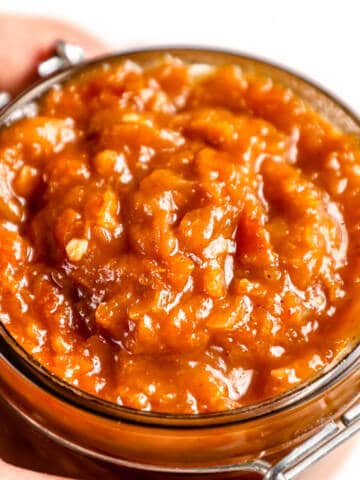
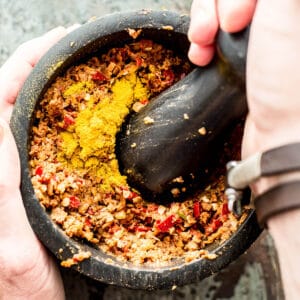
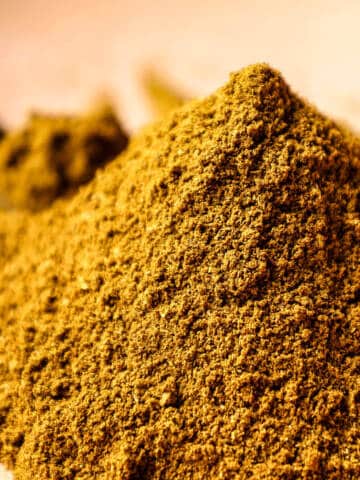
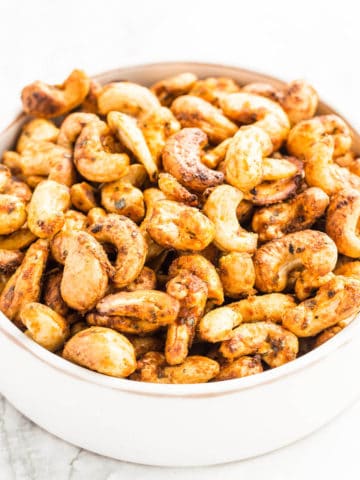
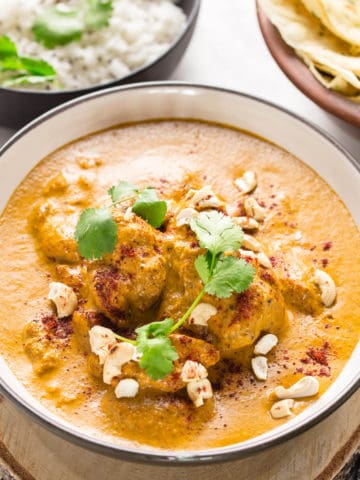
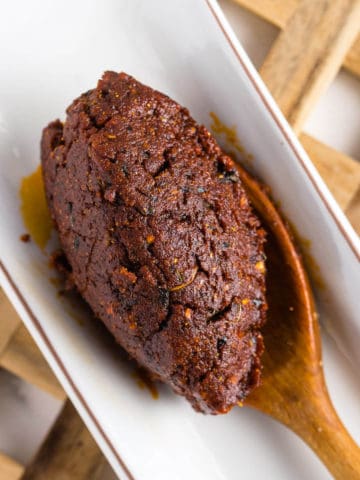
Derek
Fantastic curry paste recipe. I made a big batch and now having a great time trying it out with different curry recipes. Your massaman is spot on!